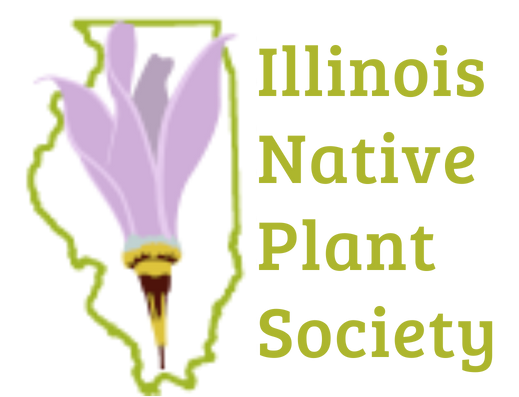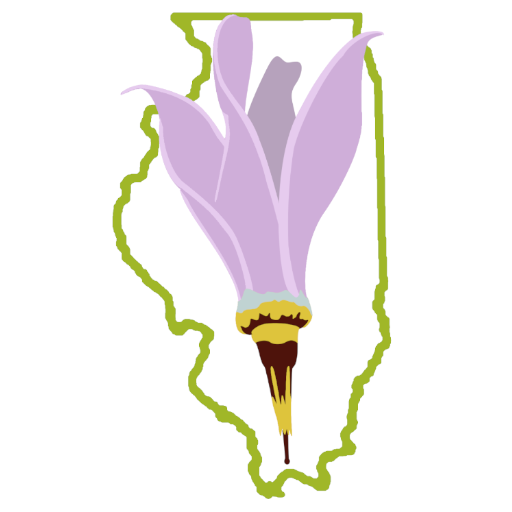Life on the Rocks: The Story of Lakeside Daisy
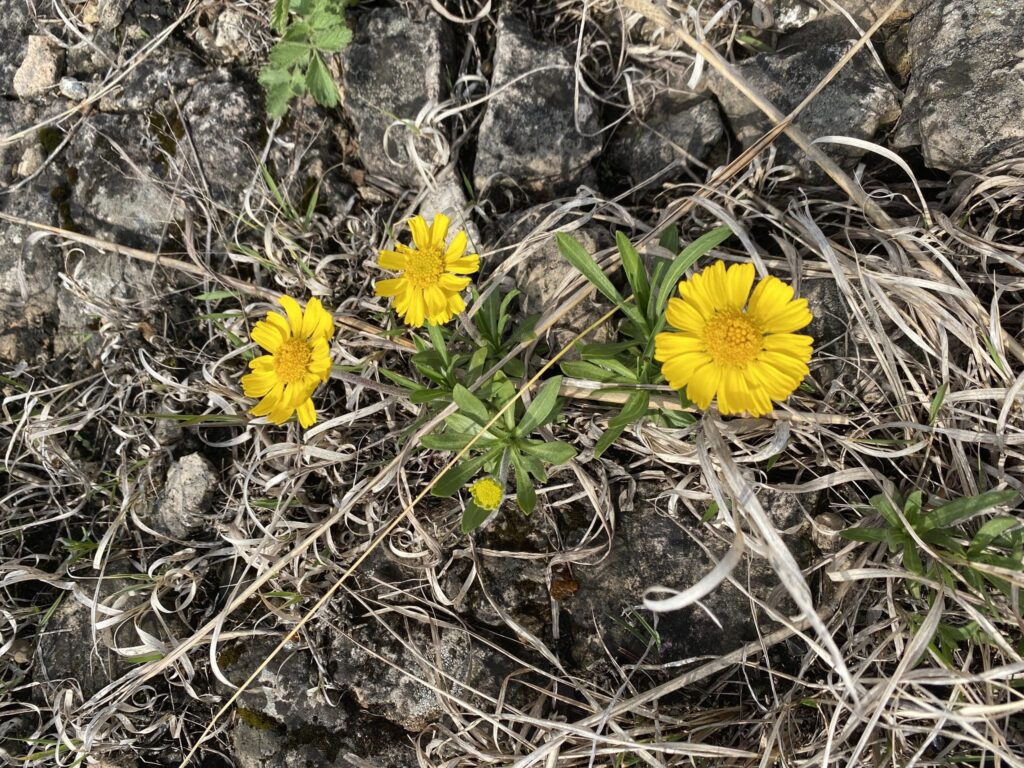
Lakeside daisy’s (Tetraneuris herbacea) rocky road to recovery began in 1988 when it was listed as a federally threatened species. This designation was determined in part by the limited availability of suitable habitat, and the potential loss of that habitat as a result of stone quarrying operations in major parts of its range (namely Ohio). Lakeside daisy is a long-lived perennial species that occupies the harsh, dry environment of alvars (Figure 1), which include sparsely vegetated rock barrens with shallow soils on limestone bedrock. Competition is reduced in alvars as few species thrive in this habitat, many of which are also rare or listed species. In the United States, alvars are primarily found in the Great Lakes region in limited areas of Illinois, Wisconsin, Michigan, and Ohio. Lakeside daisy is thus considered a Great Lakes endemic species.
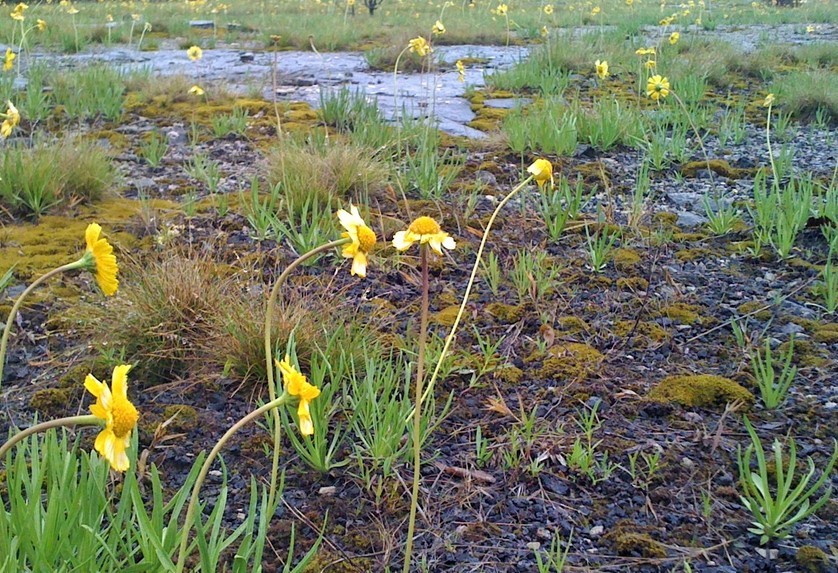
Funding provided by the U.S. Environmental Protection Agency’s Great Lakes Restoration Initiative (GLRI) program has provided unequaled opportunities for the U.S. Fish and Wildlife Service (the Service) to work with partners to introduce new populations at several abandoned quarries within the existing habitat range of Lakeside daisy. Abandoned quarries provide modified alvar habitat that can support Lakeside daisy populations.
However, in addition to the challenges posed by its specific habitat needs and limited habitat availability, Lakeside daisy is also a self-incompatible species, meaning that individuals cannot produce viable seed if they are pollinated by a genetically similar individual. Therefore, populations must contain a variety of genetically diverse individuals to be self-sustaining. Long-distance pollinators including bumble bees (Apidae), halictid bees (Halictidae), small carpenter bees (Xylocopidae), and syrphid flies (Syrphidae) (Figure 2) help maintain the genetic diversity of this species by providing pollen from plants farther away, which aids in the production of highly viable seed. A final threat to the persistence of Lakeside daisy populations is herbivory, especially in small populations. Mammals including deer and rabbits will feed on the foliage of plants, while small mammals will hoard seed heads in caches (Figure 3).

To establish genetically diverse populations at new sites and maintain genetic diversity at existing sites, the Service has worked with partners in Ohio to collect seeds and plants for establishment of new populations and augmentation of existing populations. Seeds are collected at different times to capture diversity from earlier and later blooming plants. Transplantation occurs in the fall, when mature plants are moved from unprotected, active quarrying sites to publicly-owned, protected locations with management agreements. Plants selected for transplantation come from geographically distant populations to decrease the likelihood of collecting genetically similar plants. These establishment and genetic augmentation activities in Ohio are expected to continue thanks to funding from the GLRI.
In Illinois, there are historical records for two naturally-occurring populations of Lakeside daisy, but both of these populations are long extirpated. Therefore, efforts in Illinois have focused on introducing Lakeside daisy to six sites that have appropriate habitat. Only three of these six introduced populations persist in Cook and Will counties today. Lakeside daisy can also be viewed at the Chicago Botanic Garden as a “living museum” specimen in the Dixon Prairie.
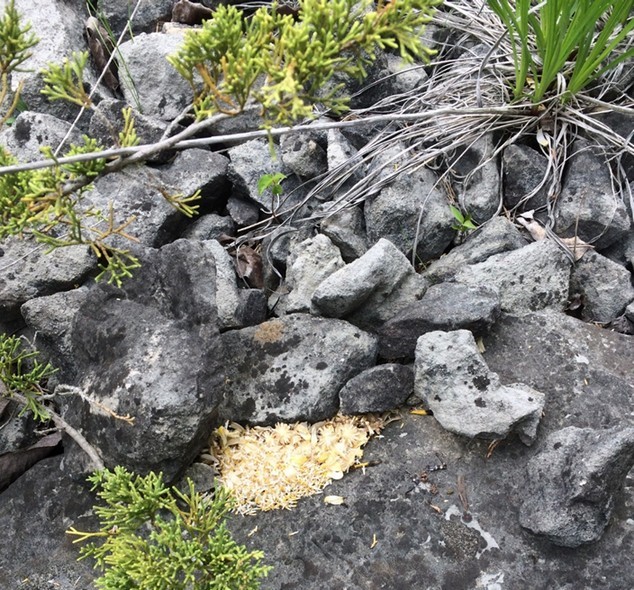
Despite obstacles to recovery, progress for this species is hopeful. Additional modified alvar habitat in Ohio has been permanently protected and GLRI funds have supported seed collection and transplanting for the last 5 years. Seeding and transplanting are expected to continue for several more years in an effort to maintain as much genetic diversity within each population as possible.
Lastly, the Service is collaborating with the Chicago Botanic Garden, Northwestern University, and the Chicago Park District to conduct a range-wide genetic study of Lakeside daisy. Results will provide information on the actual genetic diversity and genetic limitations of remaining populations. This information will, in turn, guide efforts to recover this species as the Service and partners continue working to protect this species and its habitat, and enhance existing populations.
